Wi-Fi and battery-powered, the Arlo Pro 3 are, on paper, the ideal solution for monitoring your home and scaring off any intruders. The starter kit with two cameras still costs €599, a tidy sum that can be supplemented by a small monthly subscription. I tested it for two weeks and here is my verdict.
If there is one area of the connected home (or smart home) that has enjoyed real success for several years, it is that of the surveillance camera. Just look at the number of manufacturers or brands that offer very variable qualities, services and prices.
I have already mentioned several of them to you: the top of the range signed Nest or more exotic solutions like Reolink. Today I'm talking about Arlo. Behind this simple little name hides the American company Netgear, active in computer network equipment. In 2014, the Arlo division was created and a first security camera launched. Given the success and for tax reasons, one imagines, Arlo became a full-fledged company in 2018, but majority-owned by Netgear.
Arlo Pro 3, €599 for the starter kit with 2 cameras
The concept of Arlo cameras is the same since the first model launched 5 years ago: completely wireless cameras (Wi-Fi and on battery, therefore), which only record scenes when they detect movement.
Several versions have been released, with minor differences related to image quality, audio transfer capabilities, built-in lights/sirens, etc. But the basic working principle is the same.
The Pro 3 is the latest model and I installed the basic kit: two cameras and what Arlo calls a SmartHub, so a box to connect to your modem/router using a network cable.
The price is quite high: 599€. These are fully waterproof cameras with Full HD (2K) definition, an expanded field of vision (160°) and night vision which can be colored thanks to the powerful integrated automatic LED.
Easy installation: there is no cable!
At this price, we have the right to be demanding at all points, including installation. Fortunately, this turns out to be very simple. You must first create an Arlo account on the application, then install the SmartHub, then the cameras, one by one.
Completely wireless and quite discreet, these (pre-charged to around 50%) are very easy to place in your home or outside. Because yes, the Arlo Pro 3 are designed to withstand cold, rain, snow and sun.
You can put the camera on a piece of furniture, that's what I did in my living room. It stands without too much trouble but is not really designed for that, because its base is narrow:
There are two means of fixing provided. The most practical is undoubtedly this small magnetic base to be fixed on a wall or a ceiling, and which allows you to easily orient the camera in different axes:
There is also a more robust system using screws, ideal for outdoors if there are high winds:
Arlo also had me test out their optional small solar panel ($60) to continuously power a camera installed outside. It works great: after two weeks the camera battery remains at 100% (see above).
To configure, you need a little more thought…
Once your installation is complete, it remains to establish what you want to do with these security cameras. When do you want your home monitored?
Because the question is there: the Arlo system is a surveillance camera, security one could say. If monitoring is off, the cameras are off and not much use: you can only see live what's going on in your living room or on your balcony, via the Arlo app or website.
You must therefore configure your SmartHub, via the application, to activate monitoring at the right time. Various criteria can be selected for automatic activation of monitoring. Either geolocation via your smartphone, but in my opinion this is not always very reliable (if your smartphone deactivates the application to save energy, for example), and everyone in the house must have the app.
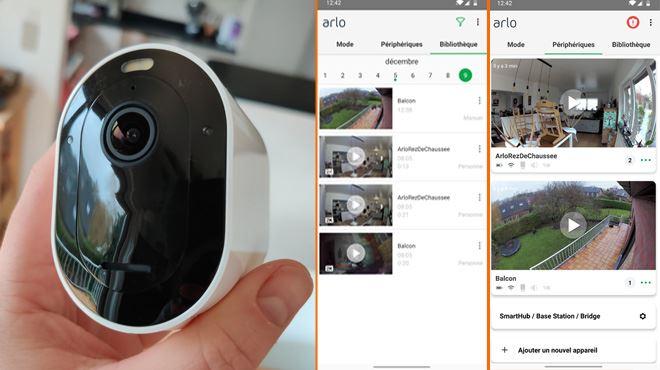
Either via a calendar, which seems to me to be the best option. That's what I did at home, configuring a typical week. Surveillance at night when everyone is supposed to be sleeping, and during the day when no one is supposed to be home:
What is the battery life?
A battery-powered surveillance camera, basically, does not inspire too much confidence. But Arlo got it right, and the camera consumes very little power in surveillance mode.
There is the fact that when you view the clips saved on the cloud, the camera is not solicited at all. It only activates when you want to see live what is happening at home, and when movement is detected while the camera is in surveillance mode.
Arlo tells me that the battery life of its Pro 3 is "between 3 and 6 months". Which in view of my tests is quite possible, and even leans more towards 6 months than 3 months.
Indeed, the camera in my living room monitors my house 17 hours a day. Luckily, it doesn't light up often, because that would mean an intruder is wandering around. But I did several test sessions, and me and my wife had to go into the living room at night or during the day during monitoring hours. So there were about twenty clips of a few seconds recorded in two weeks. And several live viewings (streaming of a few tens of seconds). Pre-charged at 55% when I placed it, the battery was at 49% after two weeks of testing. Consumption is therefore very low.
The camera placed on my balcony has never left 100% battery because it is connected to the solar charger.
Full battery charge time is 3.5 hours. It's a little faster (15%) with the simultaneous charging accessory for two batteries, which is still charged €50. For normal charging, simply place the magnetic connector on the bottom of the camera:
What happens when motion is detected?
When surveillance is activated and motion is detected, the camera immediately lights up a fairly powerful front LED and records the scene. A notification is sent in the second to your smartphone, with a first preview, a photo that frames the body of the detected person:
Theoretically, you'll tap that notification, which will launch the Arlo app. This then displays the live stream (streaming) of the camera that detected motion. You then have the opportunity to calmly analyze the scene and press the small microphone to speak with the possible intruder. Because yes, the camera is equipped with a microphone and a small speaker. It will allow you to reassure the person if it is a family member, to threaten it if it is a thief, to dialogue if it is a parcel delivery person and that you have installed the camera on your doorstep. of entry. These are only examples.
Another option: the red 'Alert' button. By pressing this button, you can activate the siren (because yes, the camera is equipped with a siren). Obviously, given the size, do not expect to wake up the whole neighborhood. But it's very noisy (difficult to stay close without plugging your ears), and it's enough to disturb, or even scare away intruders who know they've been filmed. The button also allows you to call a predefined contact directly, but it is ultimately a simple shortcut to the 'telephone' application on your smartphone:
How to review the sequences of detected movements?
A surveillance camera only makes sense if it is possible to review what it has recorded. It allows you to know what is happening (or has happened) at home, to communicate the images to the police so that they can identify the intruders or launch a search warrant (if the damage is very important).
This is often where subscription plans come in, because most manufacturers offer to store these sequences on their servers, in the cloud, therefore. And it comes at a price, which also includes options to optimize motion detection (zoning, people identification, etc.).
Take Nest, for example, Google's pioneering company. Without the Nest Aware subscription (minimum €5 per month), you simply cannot review the footage, or only as photo thumbnails.
Other manufacturers, such as Logitech and its Circle cameras, offer free event viewing for the past 24 hours only. Still others, less known, are compatible with recording on a local server (requires having a NAS and configuring it), or on a memory card inserted in the camera. But in the latter case, it is not always quick or easy to access these recordings, and if the camera is torn off/stolen, there is nothing left to review.
Arlo is a bit in between and its offer is as complete as it is complex. Indeed, until the Arlo Pro 2 model, the user could review without subscription the recorded images of the last 7 days, and stored on the cloud of the company. With the Pro 3, the game has changed, and you have to go through the Arlo Smart subscription to benefit from cloud storage:
Arlo Smart, therefore, are several monthly subscription formulas that offer very useful – even essential functions: intelligent notifications in the form of an image, detection of people/animals/packages/cars (the rest being ignored), zones customizable movements, etc. For €2.79 per month (per camera), you have these options and the storage of clips recorded during the last 30 days. A relatively reasonable price.
There is also an additional option of continuous recording (CVR), but it is significantly more expensive (minimum 9€ per month) and it means leaving the cameras plugged into the mains at all times.
Great ease of use and image access
Since it was offered three months ago, I tested the Arlo Smart Premier option and the result is as effective as it is reliable.
Motion detection is immediate (the powerful LED lights up), the notification on the smartphone is fast and relevant (the body of the intruder is spotted and highlighted), the image quality is very good and in color, even in the dark, thanks mainly to the LED.
Via the application and its Library tab, you will find all your sequences classified by day. Their reading is immediate, there is almost no waiting time. The maximum quality of the Pro 3 (Full HD, therefore 2K) is more than enough for me. 4K (available on the Arlo Ultra, more expensive than the Pro) could be useful if the camera is placed on a very high ceiling and zooms are necessary to better identify the people being filmed.
This is one of the most convenient options I've experienced to date. We are largely at the level of Nest, and it even seems to me more efficient, faster.
A free and easy alternative
Unlike Nest, Arlo is quite nice and allows you to house a USB key in the SmartHub which will serve as storage for the sequences recorded by the cameras. I tried and it's very easy to configure with a 128 GB USB key bought for around fifteen euros.
It saves the monthly subscription, which is always good. But beware: there are no advanced intelligent scene detection functions, nor the 'zoning' of the image to be monitored (to avoid a sidewalk or a roadway, for example), nor the richer notifications. You have to weigh the pros and cons: €2.79 per month is not a lot.
Conclusions
Arlo certainly deserves its excellent reputation in the field of surveillance cameras. A full-fledged company for a few years (it used to be a department of Netgear), Arlo has been fine-tuning the quality of its cameras generation after generation.
The Arlo Pro 3 kit (599€) with two cameras and a Smart Hub works wonders. Even without a subscription (but with a USB storage medium to be expected), it allows you to monitor two areas of your home completely wirelessly.
You'll need a hole or two in the wall to attach the camera mount, and that's it. This will communicate with the network via a slightly bulky SmartHub, but which allows the cameras to be less stressed and therefore offer astonishing autonomy.
Because while I was thrilled with the concept of a completely wireless camera, I feared for the life of the batteries. I was wrong: between 3 and 6 months, and more like 6 months according to what I noticed during my two weeks of testing (5% battery lost). This is more than enough and the battery recharges in 3.5 hours.
If you add a subscription (starting at €2.79 per camera), you can count on smarter detection and notification options.
As for setup and day-to-day use, it's child's play. Some will criticize the application's interface for being a little austere, and for lacking ergonomics at the start. But you get used to it quickly and it turns out to be effective and efficient. That's all we ask of a surveillance system.
There remains the substantial price pill. €600 for 2 cameras (€300 per additional camera) seems like a lot. But you have to compare them to the Nest Cam IQ indoor and outdoor (€349 and €379), which need a subscription to operate, and a cable to be powered. There are other players who offer wireless, but the quality and reliability are not the same.


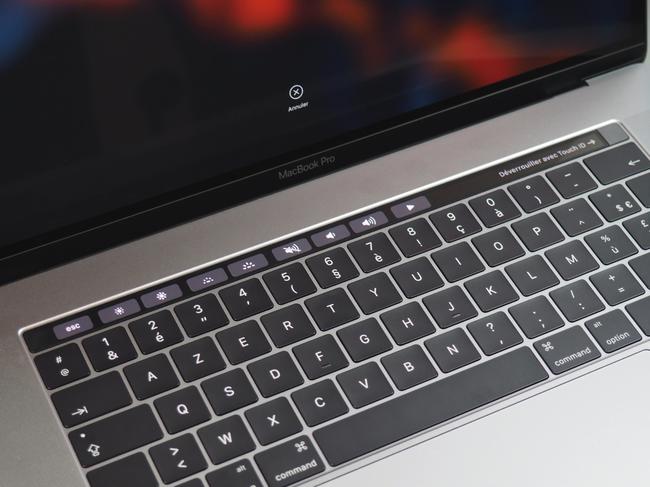




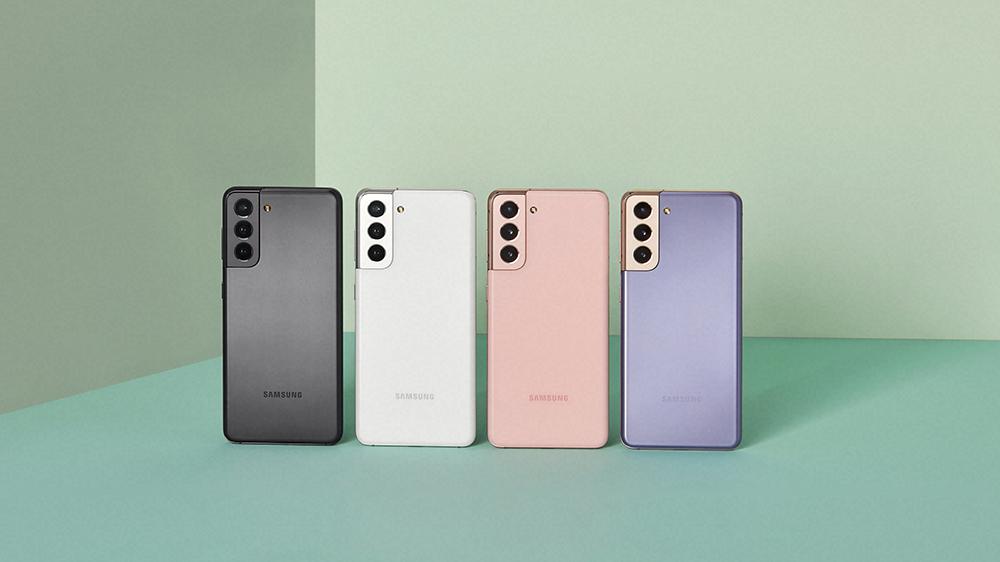
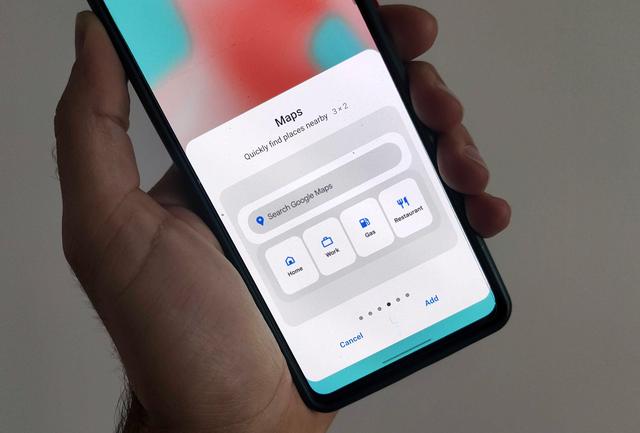
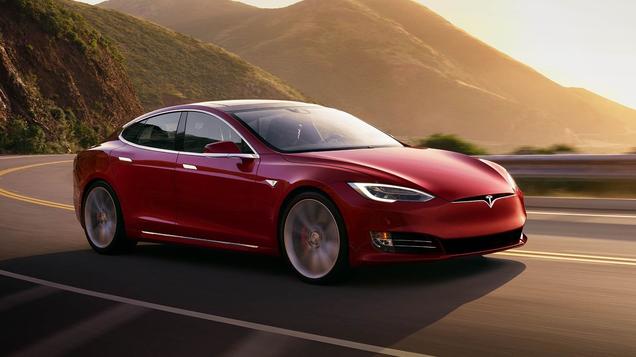
Samsung Galaxy S22, Uncharted et pl...
Tesla: you can now enjoy YouTube in...
EM – Butler vs Purdue Basketball Li...
Nantes. A child victim of an acci...